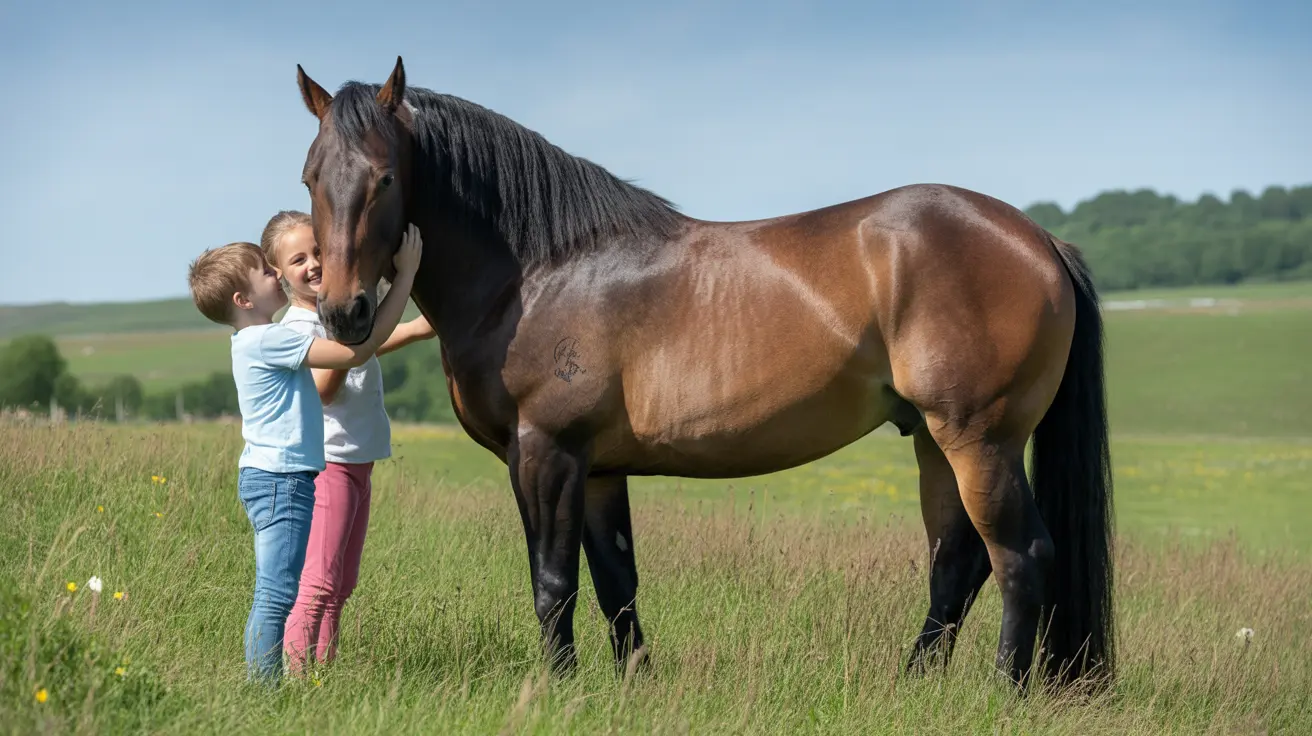The One Meat You Should Never Feed Your Dog: Raw Pork
Feeding your dog a well-balanced and nutritious diet requires deep knowledge of what is safe and what can be harmful. One particular meat that veterinarians and pet nutrition experts consistently advise against feeding your dog is
raw pork. Although many types of meats can be healthy for dogs when properly cooked and served in moderation,
raw pork poses several serious health risks that all dog owners should understand.
Why Raw Pork Is Dangerous for Dogs
Raw pork should never be fed to dogs for the following reasons:
- Risk of Trichinosis: Raw pork can carry parasites, especially Trichinella spiralis, which causes trichinosis, a potentially life-threatening parasitic infection in dogs.
- Bacterial Contamination: Raw pork may be contaminated with harmful bacteria such as Salmonella or Listeria, which can cause severe gastrointestinal illness in dogs and also pose risks to humans who come into contact with the meat.
- Digestive Issues: The richness and fat content in raw pork can trigger digestive problems or even acute pancreatitis, which is an emergency condition in dogs.
The Myth of the Raw Food Diet
Some dog owners support raw food diets (also known as BARF – Biologically Appropriate Raw Food). While raw feeding can have benefits when done correctly under veterinary guidance,
raw pork remains a high-risk meat in this diet. The USDA and veterinary associations strongly warn against giving pets raw pork due to parasite and bacteria exposure.
What About Cooked Pork?
Cooked pork can be safe if it meets these criteria:
- It's thoroughly cooked with no pink remaining
- It has no added salt, garlic, onions, or spices
- All visible fat is trimmed
- Bones are fully removed before serving
Bones from cooked pork are particularly dangerous because they can splinter and cause choking or gastrointestinal injuries.
Safe Alternatives to Raw Pork
If you're looking for healthy protein sources for your dog, consider safer options:
- Chicken: Lean, skinless, and thoroughly cooked chicken is a great protein choice.
- Turkey: Another low-fat, nutrient-rich meat when cooked without seasoning.
- Beef: Lean cuts of beef provide iron, protein, and essential amino acids.
- Lamb: A good alternative for dogs with poultry sensitivities, if thoroughly cooked.
- Fish: Salmon and whitefish, cooked and deboned, are excellent for omega-3s.
Signs Your Dog Has Eaten Raw Pork
If you suspect your dog has consumed raw pork, watch for the following symptoms:
- Vomiting or diarrhea
- Lethargy or weakness
- Fever or shivering
- Stiffness or pain
- Muscle inflammation
Seek veterinary attention immediately if any of these signs occur. Early diagnosis and treatment can improve recovery outcomes for foodborne illnesses.
Preventive Measures Every Owner Should Take
To ensure your dog stays safe from harmful meats like raw pork:
- Keep raw meat well out of your dog’s reach
- Clean food prep areas thoroughly
- Educate family members, especially children, about unsafe dog foods
- Store cooked and uncooked meats securely
- Use vet-approved treat recipes if giving homemade foods
Conclusion
Feeding your dog the right foods can enhance their health, longevity, and quality of life. However, knowing what not to feed is just as important.
Raw pork stands out as the one meat that should never be fed to dogs, due to its risk of illness from parasites and bacteria. Stick to safer protein sources, always cook meat thoroughly, and consult your veterinarian when introducing new foods. By avoiding risky foods like raw pork, you’re taking a critical step toward safeguarding your dog’s well-being.





